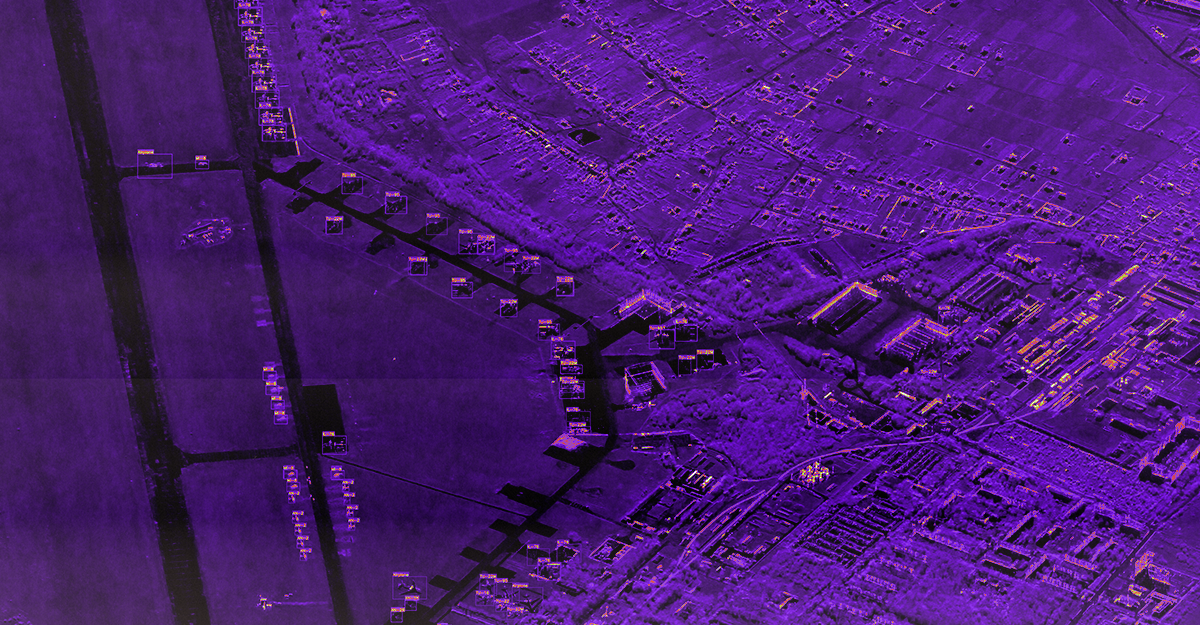
Inspections Without Inspectors: A Path Forward for Nuclear Arms Control Verification with “Cooperative Technical Means”
The 2010 New START Treaty, the last bilateral agreement limiting deployments of U.S. and Russian strategic arsenals, will expire in February 2026 with no option for renewal. This will usher in an era of unconstrained nuclear competition for the first time since 1972, allowing the United States and Russia to upload hundreds of additional warheads onto their deployed arsenals if they made a political decision to do so. The removal of both the verifiable limits on nuclear weapons, as well as the agreed and proven mechanisms of information sharing about each country’s nuclear arsenal, will increase mistrust, lead to nuclear military planning based on worst case scenarios, and potentially accelerate a global nuclear arms race amid a worsening geopolitical environment.
Traditional nuclear arms control, including New START, relies on the availability of on-site inspections to verify compliance. However, Russia has suspended its participation in New START and opposes intrusive inspections, while political conditions make negotiating an equally robust successor treaty improbable in the near term.
The proposal: verifiable nuclear arms control without on-site inspections
This report outlines a framework relying on “Cooperative Technical Means” (CTM) for effective arms control verification based on remote sensing, avoiding on-site inspections but maintaining a level of transparency that allows for immediate detection of changes in nuclear posture or a significant build-up above agreed limits. This approach builds on Cold War precedents—particularly SALT II, which relied largely on national technical means (NTM)—while leveraging modern Earth-observation satellites whose capabilities have significantly advanced in recent years.
The proposed interim agreement would:
- Preserve New START’s central limits on launchers and warheads.
- Resume notifications and data exchanges.
- Uphold the principle of non-interference with national technical means of verification.
- Incorporate a set of cooperative measures to expose systems for satellite verification, making possible remote monitoring and counting of nuclear delivery vehicles and nuclear weapons.
Such a regime could either be a formal, legally-binding treaty or an informal political arrangement. A non-binding arrangement may also encourage the participation of other nuclear states willing to freeze the production and deployment of new nuclear weapons, including China, the United Kingdom, France, India, and Pakistan.
How would it work?
Significant increases in both the quality and quantity of state-owned and commercial observation satellites now allow global monitoring of missile silo fields, weapons storage sites, air bases, and ports at high resolutions, in different bands, and at actionable frequencies of observation. These developments make it possible to:
- Count strategic launchers. Missile silos, mobile launchers garrisoned in bases, submarines in ports, and heavy bombers at air bases are all observable by electro-optical and synthetic aperture radar (SAR) sensors. Large-scale silo construction is now nearly impossible to conceal.
- Assess deployment status. Cooperative measures—such as opening silo doors for satellite passes—could verify whether launchers contain missiles. AI-assisted SAR and EO imagery could detect, classify and count nuclear bombers. Unique markings or alphanumeric codes placed on mobile launchers and bombers could facilitate counting and identification from space.
- Estimate deployed warheads. New START counts every nuclear bomber as carrying a single warhead. A similar counting rule could be established for other delivery vehicles. Otherwise, exposing missiles’ re-entry vehicles (RV) during coordinated satellite overpasses could allow for the counting of warheads remotely. While this could not confirm if the displayed RVs are nuclear or decoys, it would set verifiable upper limits.
- Address non-strategic and non-deployed weapons. Novel SAR observation techniques can help detect undisclosed activity and traffic around storage facilities, ensuring weapons are not secretly moved in or out.
Why this matters
Arms control is a crucial tool for managing nuclear risks. The proposed remote-sensing verification regime could help maintain transparency, facilitate communication, and provide predictability between the United States and Russia beyond 2026, reducing the danger of nuclear arms racing without needing to tackle the politically sensitive issue of on-site inspections.
No past or present arms control regime is perfect and completely safe against cheating. An agreement fully relying on observation satellites would not fully eliminate uncertainty, but it would be relatively easier to negotiate than one with on-site inspections, and it would increasingly raise the costs of deception, providing visibility into major nuclear developments and leaving a pathway to more comprehensive arms control once it becomes politically viable in the future.
The FY2026 National Defense Authorization Act (NDAA) paints a picture of a Congress that is working to both protect and accelerate nuclear modernization programs while simultaneously lacking trust in the Pentagon and the Department of Energy to execute them.
While advanced Chinese language proficiency and cultural familiarity remain irreplaceable skills, they are neither necessary nor sufficient for successful open-source analysis on China’s nuclear forces.
Satellite imagery has long served as a tool for observing on-the-ground activity worldwide, and offers especially valuable insights into the operation, development, and physical features related to nuclear technology.
This report outlines a framework relying on “Cooperative Technical Means” for effective arms control verification based on remote sensing, avoiding on-site inspections but maintaining a level of transparency that allows for immediate detection of changes in nuclear posture or a significant build-up above agreed limits.